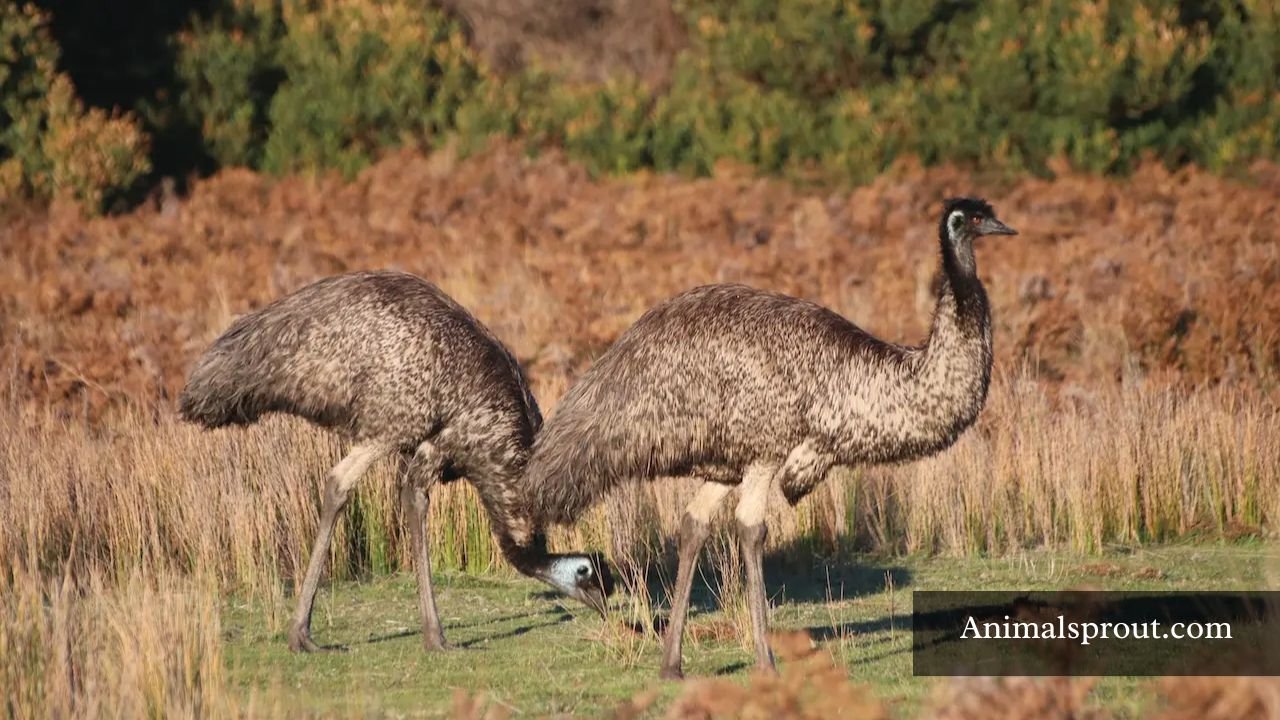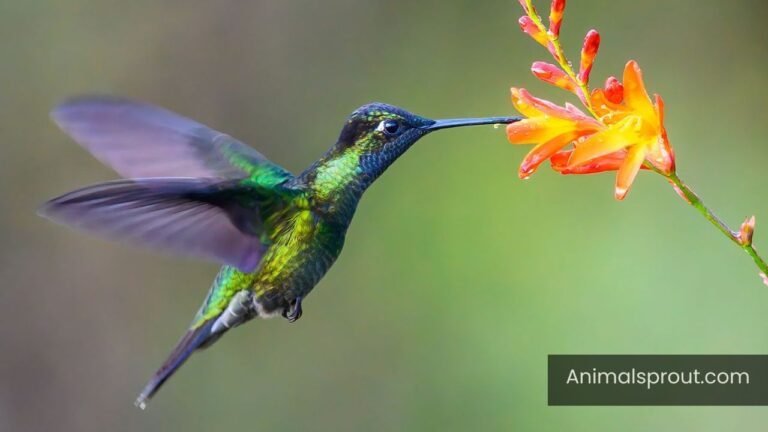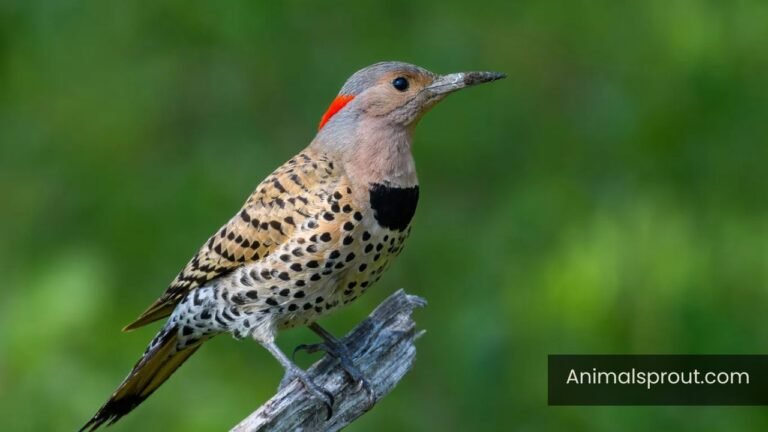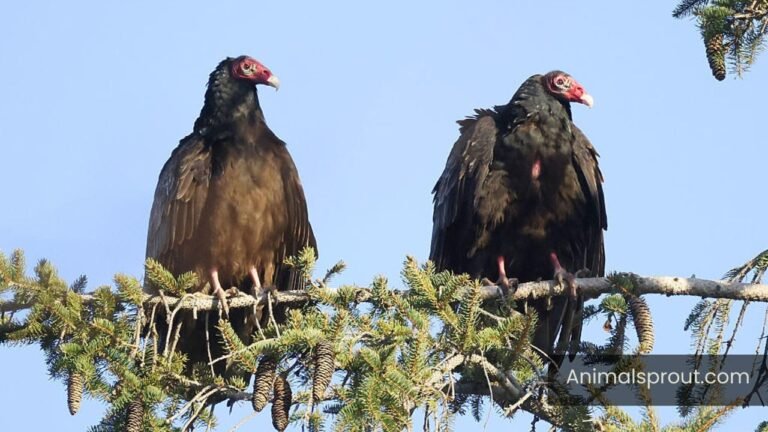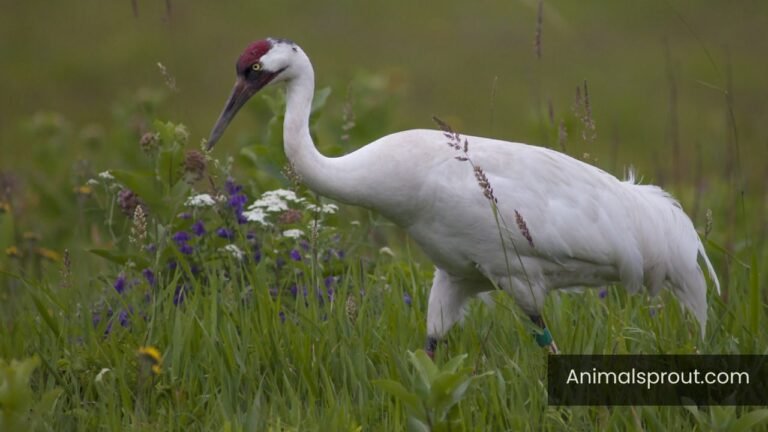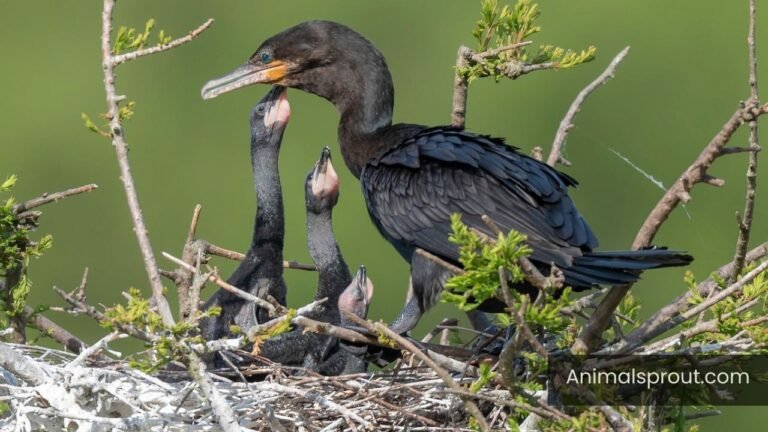Top 14 Most Strongest Birds In The World (With Images)
In the fascinating realm of avian life, the title of “Most Strongest Birds In The World” is fiercely contested among remarkable species equipped with extraordinary strength. Understanding these powerful birds not only piques our curiosity but also sheds light on the adaptations that allow them to thrive in their environments. In this article, we’ll explore the top contenders for this impressive title and reveal how their strength influences their survival.
List Of Most Strongest Birds In The World
Below is the list of strongest birds in the world:
| Number of Birds | Names of Strongest Birds |
| 1 | Harpy Eagles |
| 2 | Emus |
| 3 | Golden Eagles |
| 4 | North African Ostriches |
| 5 | Martial Eagles |
| 6 | Lappet-Faced Vultures |
| 7 | Bald Eagles |
| 8 | Philippine Eagles |
| 9 | Great Horned Owl |
| 10 | Steller’s Sea Eagles |
| 11 | Cassowaries |
| 12 | Gyrfalcon |
| 13 | Andean Condor |
| 14 | Crowned Eagle |
Harpy Eagles
Scientific Name: Harpia harpyja
The harpy eagle, one of the strongest birds in the world, captivates with its impressive size and power. Weighing up to 10 kilograms and boasting a wingspan of over 2 meters, this raptor reigns supreme in the canopies of Central and South America. Its powerful talons, which can be as large as a grizzly bear’s claws, are specially adapted for hunting, allowing the eagle to grasp and carry away prey, such as monkeys and sloths, that can weigh as much as it does.
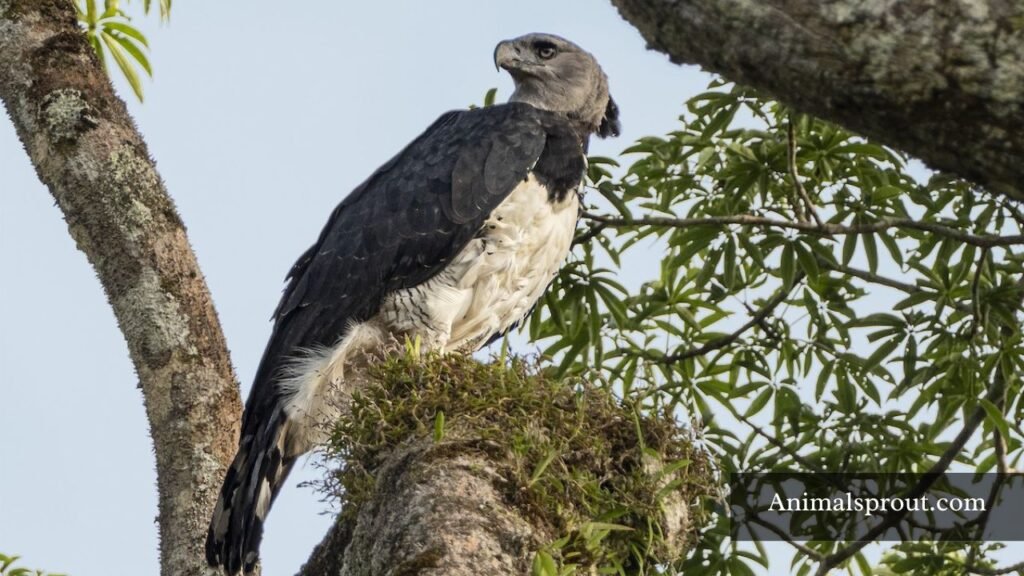
What sets the harpy eagle apart is not just its physical prowess but also its remarkable hunting strategy. This avian predator utilizes its keen eyesight to spot prey from great heights before executing a swift, silent dive — all while navigating the dense forest with unparalleled agility. Additionally, their impressive adaptability has led them to become top-tier hunters in various habitats, showcasing their evolutionary prowess. As they gracefully soar through the trees, these majestic birds serve as vital indicators of ecological health, emphasizing the importance of conservation efforts in their delicate rainforest habitats.
Emus
Scientific Name: Dromaius novaehollandiae
Emus, the flightless giants of Australia, are often overshadowed by their more glamorous avian relatives, yet they possess remarkable strength and resilience. Standing up to 6.5 feet tall, these large birds are not just about size; they are built for endurance. An emu can run at speeds of 30 miles per hour, making them one of the fastest birds on land. This incredible speed, combined with their powerful legs, allows them to navigate the austere outback terrain with grace and agility.
Beyond their physical prowess, emus showcase a fascinating social structure that intrigues researchers. Known for their nurturing instincts, males incubate the eggs and raise the chicks, a role reversal uncommon in the animal kingdom. This devotion ensures that the young are not only protected but also learn essential survival skills from an early age. Moreover, emus have adapted to thrive in harsh conditions, utilizing their strong legs and keen sense of direction to roam vast distances in search of food and water. Their ability to endure droughts and find hidden resources underscores their resilience, further establishing them as a symbol of strength within the avian world.
Golden Eagles
Scientific Name: Aquila chrysaetos
Golden eagles are not just symbols of strength; they embody a mastery of aerial prowess that is both awe-inspiring and essential for their survival. With wingspans extending up to seven feet, these magnificent birds dominate the skies, soaring at altitudes of over 10,000 feet. Their keen eyesight allows them to spot prey from miles away, making them incredible hunters. What truly sets them apart, however, is their ability to adapt to various habitats, from mountains to open plains, showcasing their versatility and resilience.
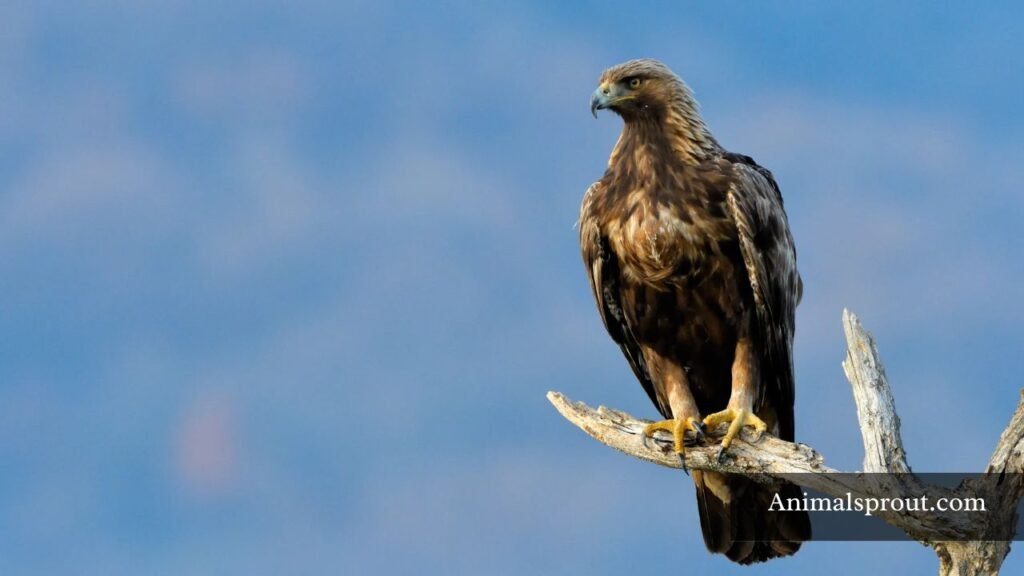
Beyond their physical capabilities, golden eagles possess a fascinating social structure that enhances their hunting efficiency. These raptors often engage in coordinated hunting strategies, allowing them to take down prey that exceeds their individual strength. Their remarkable agility and speed — reaching speeds of up to 200 miles per hour in a dive — give them an unmatched edge against predators and competitors alike.
North African Ostriches
Scientific Name: Struthio camelus camelus
The North African ostrich, a remarkable avian titan, holds the title of the largest living bird on the planet. Towering up to nine feet tall and weighing as much as 300 pounds, these flightless wonders are not merely an anomaly of size but also a marvel of adaptation. Their long, powerful legs are not just for show; they are designed for incredible bursts of speed, enabling them to reach up to 45 miles per hour, a key survival trait in the vast, open savannahs where they roam.
What’s truly fascinating is their unique social structure. North African ostriches thrive in groups, with a complex hierarchy that enhances their protection against predators. They can rotate sentinels within the flock, allowing for constant vigilance while foraging for grains and plants. Moreover, their large eyes, positioned strategically on their heads, grant them exceptional vision, making them keenly aware of their surroundings — a crucial adaptation in their challenging habitat. This combination of physical prowess and social intelligence highlights their resilience and adaptability in a world that often overlooks the extraordinary complexities of seemingly simple creatures.
Martial Eagles
Scientific Name: Polemaetus bellicosus
Martial Eagles, often recognized as the titans of the avian world, command attention not just for their impressive size but also for their unparalleled hunting prowess. Weighing up to 6.6 kilograms (14.5 pounds), these majestic birds have sharp, powerful talons capable of snatching prey as large as small monkeys or antelope fawns from the ground. Their keen eyesight allows them to spot potential meals from over a mile away, making them formidable predators that rely on stealth and strategy rather than mere speed.
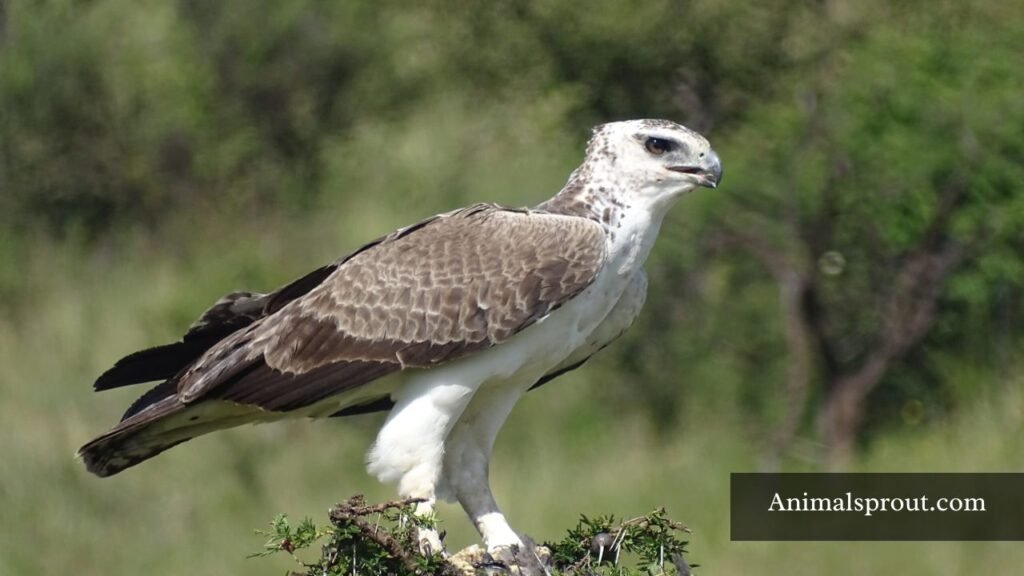
What sets Martial Eagles apart is their unique hunting technique and adaptability. They often utilize a method called “mobile perch,” where they glide effortlessly from a high vantage point, scanning the ground below. Once they identify their target, they employ a breathtaking dive, showcasing a combination of grace and raw power.
Lappet-Faced Vultures
Scientific Name: Torgos tracheliotos
Lappet-faced vultures, with their striking appearance and formidable presence, are a testament to nature’s ingenuity. Their massive, hooked beaks are perfectly evolved for tearing into tough carcasses, allowing them to efficiently scavenge where other birds might struggle. What sets them apart isn’t just their physical strength but also their unique social structure; these birds often work collaboratively, forming groups that can dominate larger carcasses, demonstrating an intricate balance of power and teamwork in the wild.
Beyond their impressive feeding abilities, Lappet-faced vultures play a crucial role in their ecosystems. By consuming carrion that would otherwise rot and pollute the environment, they act as nature’s clean-up crew, helping to maintain ecological harmony. Sadly, their populations are declining due to habitat loss and poisoning, reminding us that these majestic scavengers are not merely symbols of strength but also indicators of the health of their environments. Protecting them is essential not only for their survival but for the overall balance of the ecosystems they inhabit.
Bald Eagles
Scientific Name: Haliaeetus leucocephalus
The Bald Eagle, often regarded as the quintessential symbol of power and freedom, possesses remarkable physical and behavioral attributes that set it apart as one of the strongest avian predators. With a wingspan that can reach up to seven feet, these majestic birds can soar effortlessly at altitudes of 10,000 feet, scanning vast territories for potential prey. Their keen eyesight, allowing them to spot a fish from over a mile away, showcases not just their predatory prowess but also their adaptability to diverse ecosystems.
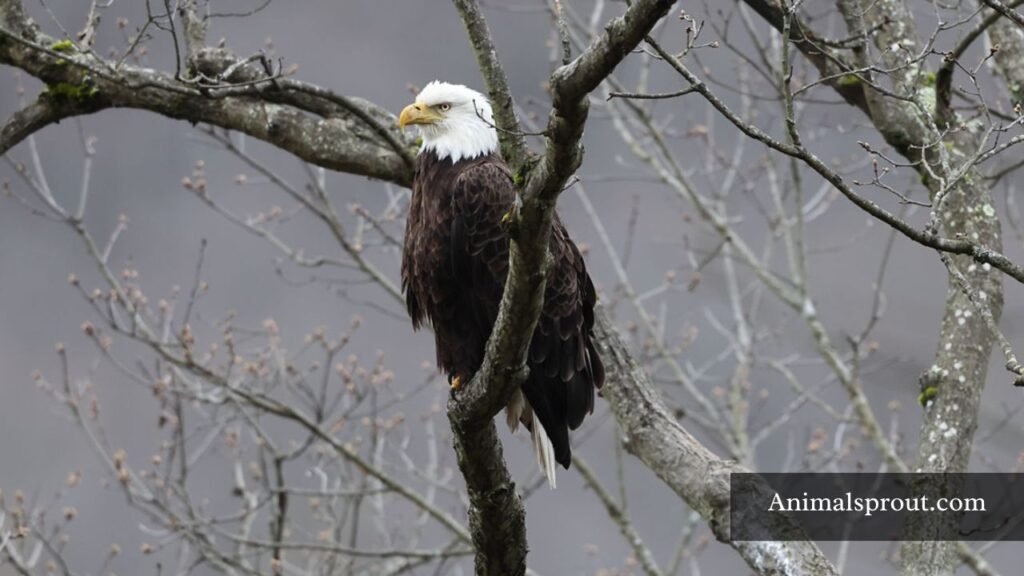
Beyond their impressive hunting skills, Bald Eagles exhibit a unique social dynamic, often seen nesting in proximity to their mates for life. Their nests, built high up in trees or on cliffs, can weigh over a ton, a testament to the strength they possess not just individually but as dedicated partners in rearing their young. Interestingly, these nests are often reused and added to each season, sometimes growing larger than ten feet in diameter, reflecting the long-term commitment of these birds to their homes and families. In essence, the Bald Eagle embodies both physical strength and deep-rooted familial bonds, making it a true marvel of the avian world.
Philippine Eagles
Scientific Name: Pithecophaga jefferyi
The Philippine Eagle, an emblem of power and majesty, is not just the largest living eagle but also one of the most formidable predators in the avian world. Weighing up to 8 kilograms and boasting a wingspan that can reach nearly 2.3 meters, this eagle’s physical presence is awe-inspiring. Yet, it’s the agility and strength confined within its massive frame that truly sets it apart. With talons that can exert a pressure comparable to that of a lion’s bite, it can grasp and lift prey twice its size, showcasing an evolutionary prowess honed for survival in the dense forests of the Philippines.
Moreover, the Philippine Eagle’s hunting technique reveals a blend of stealth and ferocity. It employs a hunting strategy that capitalizes on surprise; camouflaging itself among the treetops, it can swoop down at astonishing speeds to capture monkeys, snakes, and even large lizards. The eagle’s role extends beyond that of a mere predator; as a top-tier predator, it plays a crucial part in maintaining the balance of its ecosystem. Sadly, this majestic bird is critically endangered, a poignant reminder of the fragility of nature and the pressing need for conservation efforts to secure its future.
Great Horned Owl
Scientific Name: Bubo virginianus
The Great Horned Owl, with its striking tufts and piercing yellow eyes, embodies a blend of majesty and ferocity that captivates bird enthusiasts and casual observers alike. Known as one of the most formidable raptors in North America, this owl utilizes its strength and versatile hunting skills to thrive in diverse habitats, from urban areas to deep forests. What sets this species apart is not just its power, but its adaptability; capable of taking down prey much larger than itself, including foxes and even other birds of prey, the Great Horned Owl is a master of survival.
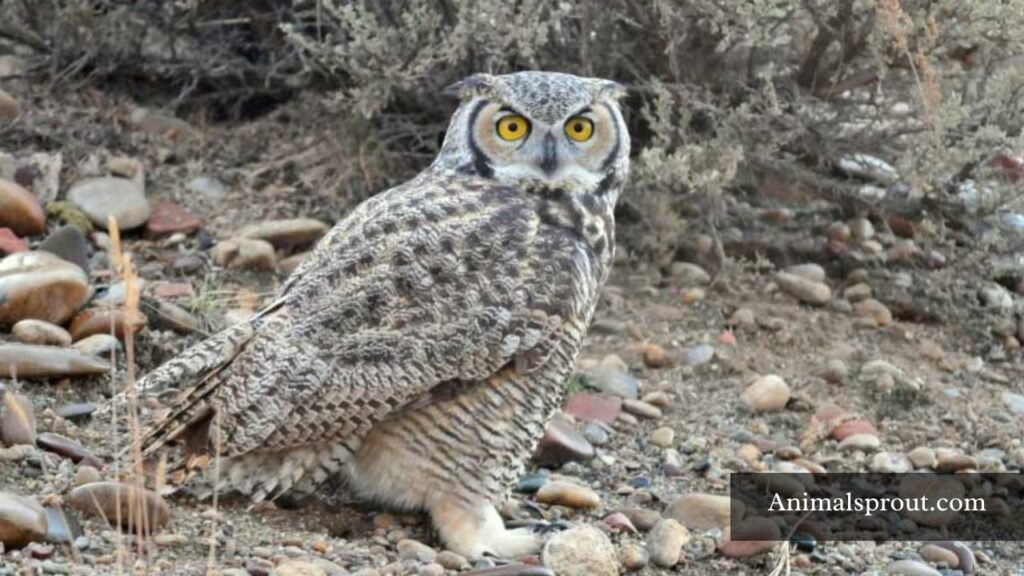
Equipped with exceptionally keen hearing and silent flight, the Great Horned Owl hunts with precision under the cloak of darkness. Unlike some of its feathered counterparts, it displays remarkable parental care, fiercely protecting its young and teaching them the ropes of survival. This combination of strength and nurturing behavior paints a portrait of a bird that is not only a top predator but also a symbol of resilience in an ever-changing environment.
Steller’s Sea Eagles
Scientific Name: Haliaeetus pelagicus
Steller’s Sea Eagles, often hailed as one of the most powerful birds of prey, mesmerize with their impressive wingspans and striking appearance. Native to the coasts of northeastern Asia, these majestic raptors can weigh up to 20 pounds and boast a wingspan of nearly eight feet. Their striking contrast of a dark brown body against bright white tail feathers, along with a formidable yellow beak, makes them not only impressive hunters but also a symbol of the raw beauty of the wilderness.
What sets Steller’s Sea Eagles apart is not just their size but their incredible adaptability in the harsh coastal environments they inhabit. They primarily feed on fish, but their diet also includes seals in some instances, showcasing their opportunistic hunting strategies. These eagles exhibit fascinating communal behavior, often seen congregating in large numbers around ice floes during the winter, suggesting a strong social structure that adds depth to their survival tactics. Whether soaring majestically above the frigid waters or diving with precision to catch prey, Steller’s Sea Eagles embody the fierce spirit of the wild, captivating anyone lucky enough to witness their prowess in action.
Cassowaries
Scientific Name: Casuarius casuarius
Cassowaries are often dubbed the “most dangerous bird in the world,” a title that belies their striking beauty. With striking blue skin, vivid yellow wattles, and an impressive casque on their heads, these flightless giants are as captivating as they are formidable. Standing up to six feet tall and weighing as much as 130 pounds, cassowaries are more than just large — they’re equipped with powerful legs and sharp claws, making them the closest thing to a dinosaur roaming our modern world.
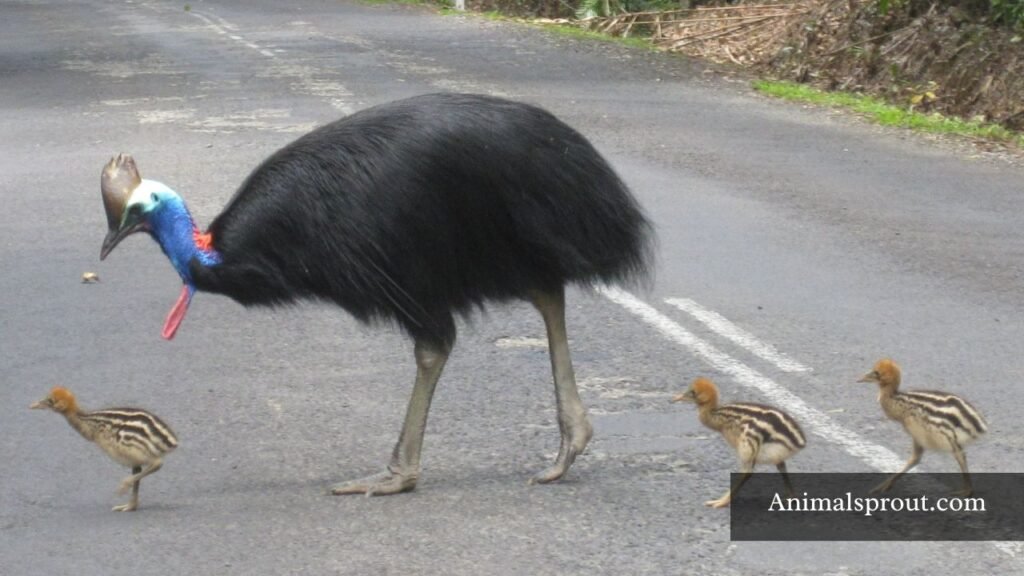
What truly sets cassowaries apart, however, is their enigmatic nature. Found primarily in the dense rainforests of New Guinea and nearby islands, these birds are the ultimate introverts, rarely seen unless they choose to reveal themselves. Interesting enough, they play a crucial role in their ecosystem; their diet primarily consists of fruit, and they are significant seed dispersers. This means that by foraging, cassowaries help shape and support the very forest they thrive in, making them essential players in maintaining biodiversity. Their unique combination of strength, beauty, and ecological importance makes cassowaries a fascinating study in the natural world.
Gyrfalcon
Scientific Name: Falco rusticolus
The Gyrfalcon, the largest of the falcon species, is a breathtaking marvel of nature, not just for its impressive size but also for its remarkable adaptability. Found primarily in the Arctic regions, these birds exhibit a stunning range of plumage, from pure white to dark grey, allowing them to blend seamlessly into their icy surroundings. This camouflage is crucial for both hunting and evading larger predators, showcasing the Gyrfalcon’s strategic prowess in its harsh environment.
A keen hunter, the Gyrfalcon relies on its incredible speed and agility, soaring at altitudes of up to 15,000 feet in search of prey. Unlike many birds of prey that hunt exclusively on the ground, the Gyrfalcon demonstrates a unique hunting method that combines vertical dives with graceful glides, allowing it to catch birds mid-flight. Its impressive eyesight and swift reflexes make it an unparalleled predator, emphasizing the delicate balance of survival in one of the planet’s most extreme habitats. As climate change continues to reshape their environment, understanding the Gyrfalcon’s role in the ecosystem reveals essential insights into the health of Arctic ecosystems and the importance of preserving such majestic species.
Andean Condor
Scientific Name: Vultur gryphus
The Andean Condor, soaring majestically above the rugged landscapes of South America, is often celebrated not just for its immense wingspan — reaching up to ten feet — but for its resilience and adaptability. Known as a symbol of power and freedom, this magnificent bird embodies the rugged spirit of the Andes, where it effortlessly glides on thermal updrafts, conserving energy while surveying vast territories for food. Its impressive flight capabilities aren’t solely for hunting; they also serve as a crucial way of navigating high-altitude environments where few predators dare to tread.
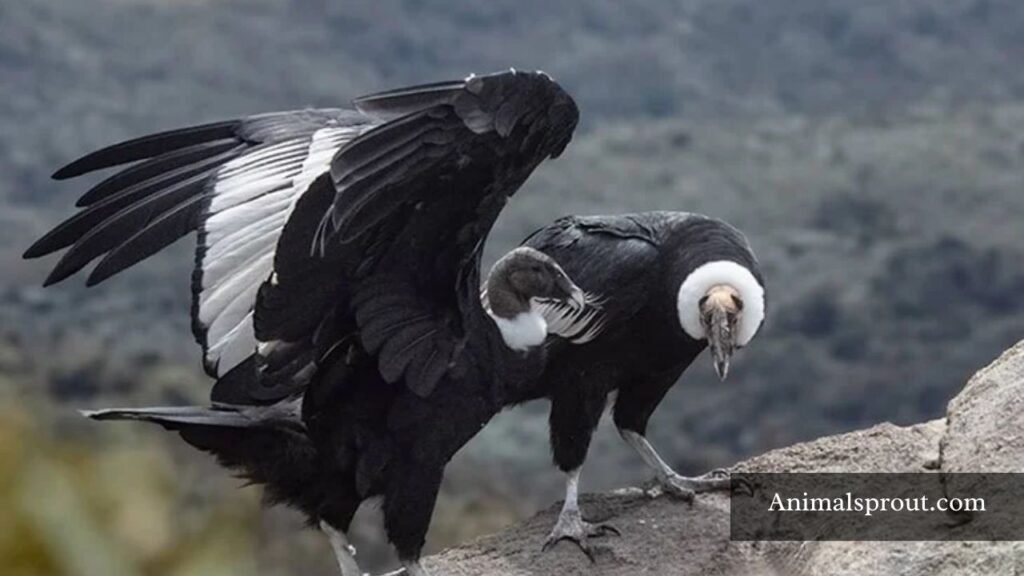
What sets the Andean Condor apart is its complex social structure and intelligence. Unlike many solitary birds of prey, condors often gather in groups and demonstrate intricate social behaviors, which can include mutual grooming and communal feeding. This social aspect reflects a unique adaptability, allowing them to thrive in ever-changing ecosystems. Conservation efforts have steadily focused on this iconic species, aiming to protect their habitats from environmental threats, highlighting their role beyond mere symbolism — they are vital indicators of ecological health in their mountainous realms.
Crowned Eagle
Scientific Name: Stephanoaetus coronatus
The Crowned Eagle, also known as the African Crowned Eagle, holds an esteemed position among avian predators due to its impressive strength and hunting prowess. This formidable bird, native to the dense forests of sub-Saharan Africa, is equipped with powerful talons capable of exerting an incredible grip. With these adaptations, it can capture prey much larger than itself, including monkeys and small antelopes. Its hunting technique is both strategic and calculating; the eagle often uses the element of surprise, launching itself from a perch to snatch its unsuspecting target with remarkable precision.
What sets the Crowned Eagle apart is not just its physical strength but also its sheer adaptability. These eagles frequently modify their hunting strategies based on prey availability and habitat conditions, showcasing a level of intelligence rarely seen in birds. Furthermore, their striking crest of feathers, reminiscent of a crown, doesn’t just serve as a stunning display; it plays a crucial role in communication during courtship rituals and territorial disputes.
Related article: Explore Top 17 Most Strongest Animals In The World.
Final Thoughts
The most powerful birds in the world demonstrate extraordinary adaptation and resilience, showcasing their strength through various means, such as impressive hunting skills, remarkable flying abilities, and unparalleled endurance. From the formidable harpy eagle that dominates the rainforests of Central and South America to the fierce Andean condor, which soars high above the Andes, these avian champions are a testament to the incredible diversity of nature. Their remarkable attributes not only make them vital components of their ecosystems but also serve as a reminder of the beauty and complexity of the natural world.
Protecting these magnificent creatures and their habitats is crucial for maintaining the balance of our ecosystems. As we continue to appreciate their strength and adaptability, let us also take action to preserve their environments and ensure their survival for generations to come.
FAQs
What is the strongest bird in the world?
The harpy eagle is often considered the strongest bird in the world due to its impressive size and hunting capabilities. With a wingspan of up to 7 feet and the ability to carry prey that weighs as much as its own body, this raptor is a powerhouse in the avian world. They primarily hunt tree-dwelling mammals and birds, using their strong talons to capture and kill.In addition to their physical strength, harpy eagles have remarkable eyesight and agility, allowing them to navigate dense forests with ease. Their combination of power, hunting skill, and adaptability makes them a top contender for the title of the strongest bird.
What is the bravest bird in the world?
The Water Thick-knee, truly stands out as one of the bravest birds in the avian world. These unique birds are known for their fearless defensive behavior, especially when protecting their nests. They will often confront much larger predators, using loud calls and aggressive posturing to ward off threats.
Which bird is the king of all birds?
The eagle is often dubbed the “king of all birds” due to its impressive stature and fierce hunting skills. With exceptional eyesight and powerful talons, eagles dominate their habitats. They soar high above the ground, symbolizing strength and freedom in many cultures.
What bird can kick the hardest?
The Southern Cassowary is known for its powerful legs and can deliver an incredibly strong kick. With that tall, muscular build and sharp claws, it can inflict serious damage if threatened. Their kicks are so formidable that they can break bones.

